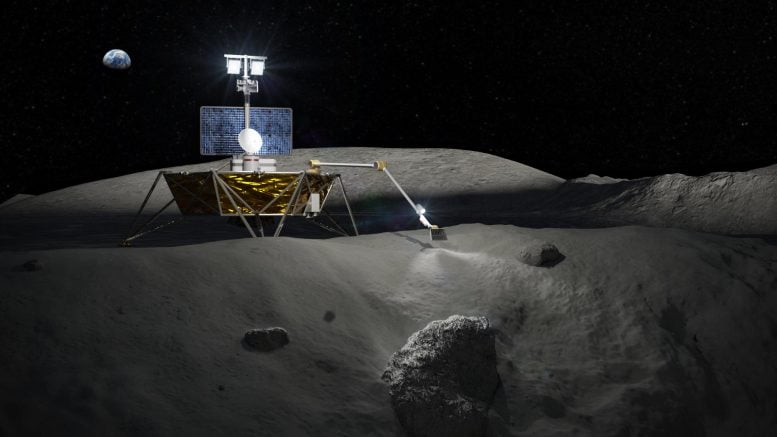
Illustration of the Cold Operable Lunar Deployable Arm (COLDArm), which will significantly improve the utility of robotic arms for lunar landers. Credit: NASA, JPL-Caltech
Future planetary missions could explore in extremely cold temperatures that stymie existing spacecraft, thanks to a project under development at JPL.
When NASA returns to the Moon with Artemis, the agency and its partners will reach unexplored regions of the lunar surface around the South Pole, where it can get much colder at night than even on frigid Mars. Such surface conditions would be challenge for current spacecraft, which rely on energy-consuming heaters to stay warm.
A technology demonstration being developed at NASA’s Jet Propulsion Laboratory in Southern California may offer a solution that would enable exploration during the dark of lunar night, a period that spans about 14 Earth days. The project, which recently underwent testing at JPL, is called Cold Operable Lunar Deployable Arm (COLDArm). It combines several new technologies to create a robotic arm system that can function in temperatures as low as minus 280 degrees Fahrenheit (minus 173 degrees Celsius).
“Going to the Moon, we need to be able to operate during colder temperatures, particularly during lunar night, without the use of heaters,” said project principal investigator Ryan McCormick. “COLDArm would let missions continue working and conducting science even in extreme cryogenic environments.”
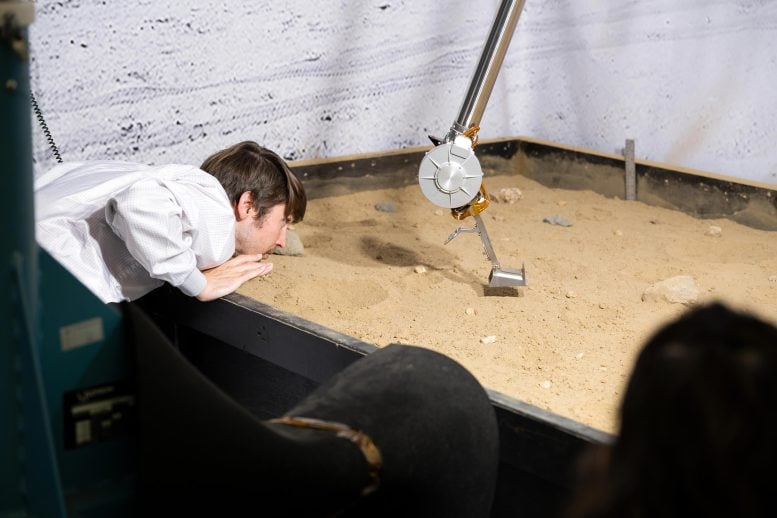
A JPL engineer examines the 3D-printed titanium scoop of NASA’s Cold Operable Lunar Deployable Arm (COLDArm) robotic arm system. The arm is designed to function in frigid temperatures that would stymie current spacecraft. Credit: NASA/JPL-Caltech
To explain the project, McCormick recalls a scene from the 1991 movie “Terminator 2: Judgment Day” in which a hostile android made of liquid metal is stopped cold – literally frozen solid – by a giant spill of liquid nitrogen. “The bad guy can’t work in those temperatures, but COLDArm could,” McCormick said.
While COLDArm won’t be operating in liquid nitrogen, it could operate on a lander sent to a frozen ocean world like Jupiter’s moon Europa, where its lack of heated parts would have the added benefit of allowing collection of volatile materials without significantly affecting the temperature of samples. It could free up some two hours of time and up to 30% of a mission daily’s energy budget that Mars rovers like Curiosity and Perseverance spend warming up their robotic arms so their gears don’t stress and break in the cold.
The 6-foot-6-inch (2-meter) arm is equipped with two commercially available cameras for 3D mapping that have the same imaging sensor that is built into the 13-megapixel color camera used by NASA’s Ingenuity Mars Helicopter – one of several technologies COLDArm is adapting from the little rotorcraft. A variety of attachments and small instruments could go on the end of the arm, including a 3D-printed titanium scoop for collecting samples from a celestial body’s surface. And, like the arm on NASA’s InSight Mars lander, COLDArm could deploy instruments to the surface.
This past September, in a JPL test bed filled with material to simulate lunar regolith (broken rock and dust on the Moon), COLDArm successfully completed experiments that assessed its ability to gather data on the properties of that regolith. Now COLDArm has been sent on to complete the same rigorous testing in spacelike conditions that every mission faces. It’s targeting a launch in the late 2020s.
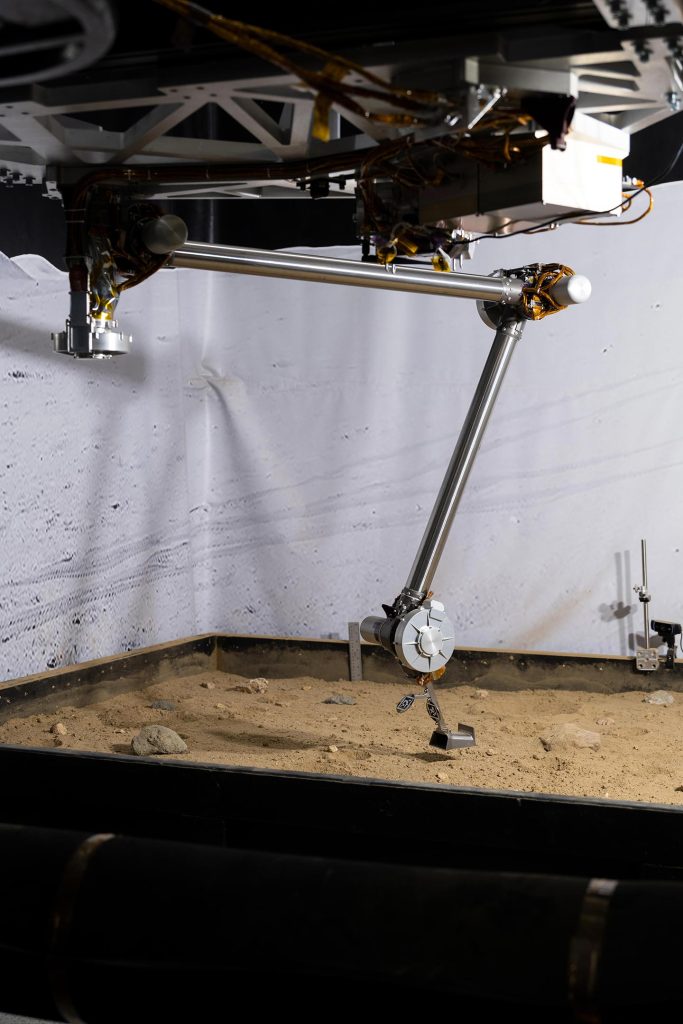
NASA’s COLDArm combines several new technologies that allow it to operate in temperatures as cold as minus 280 degrees Fahrenheit (minus 173 degrees Celsius) without the use of energy-consuming heaters required by robotic arms on current spacecraft. Credit: NASA/JPL-Caltech
What Makes COLDArm Work
Several key new technologies allow the COLDArm system to function in extreme environments. First, the arm uses gears made of bulk metallic glass, a solid metallic material with a unique composition and structure that makes it tougher than ceramic and twice as strong as steel, with better elastic properties than either. These gears require no lubrication or heating to function in the cold.
Because the arm’s cold motor controllers don’t need to be kept warm in an electronics box near the core of the spacecraft, they can be installed closer to the science instruments, requiring no insulation and less heavy cabling.
And a sensor embedded in COLDArm’s “wrist” gives the arm feedback, allowing it to “feel” what it’s doing in all directions, like a human jiggling a key into a keyhole and turning the lock. That device, called a six-axis force torque sensor, can also operate in extreme cold.
In addition to employing cameras designed for commercial use, COLDArm leverages other technology that has been proven aboard Ingenuity: a powerful processor akin to those used in consumer smartphones and open-source flight software, called F Prime, that JPL developed. Like the Mars helicopter, COLDArm could operate autonomously, performing tasks and collecting pictures and sensor data without real-time input from mission controllers back on Earth.
Motiv Space Systems, a partner on COLDArm, developed the cold motor controllers and also built sections of the arm and assembled it from JPL-supplied parts at the company’s Pasadena, California, facility.
The COLDArm project is funded through the Lunar Surface Innovation Initiative and managed by the Game Changing Development program in NASA’s Space Technology Mission Directorate. Caltech in Pasadena manages JPL for NASA.

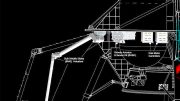

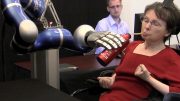
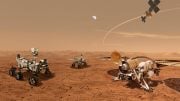



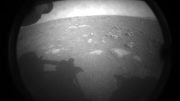
Be the first to comment on "NASA Revolutionary New Robotic Arm Really Knows How To Chill Out"